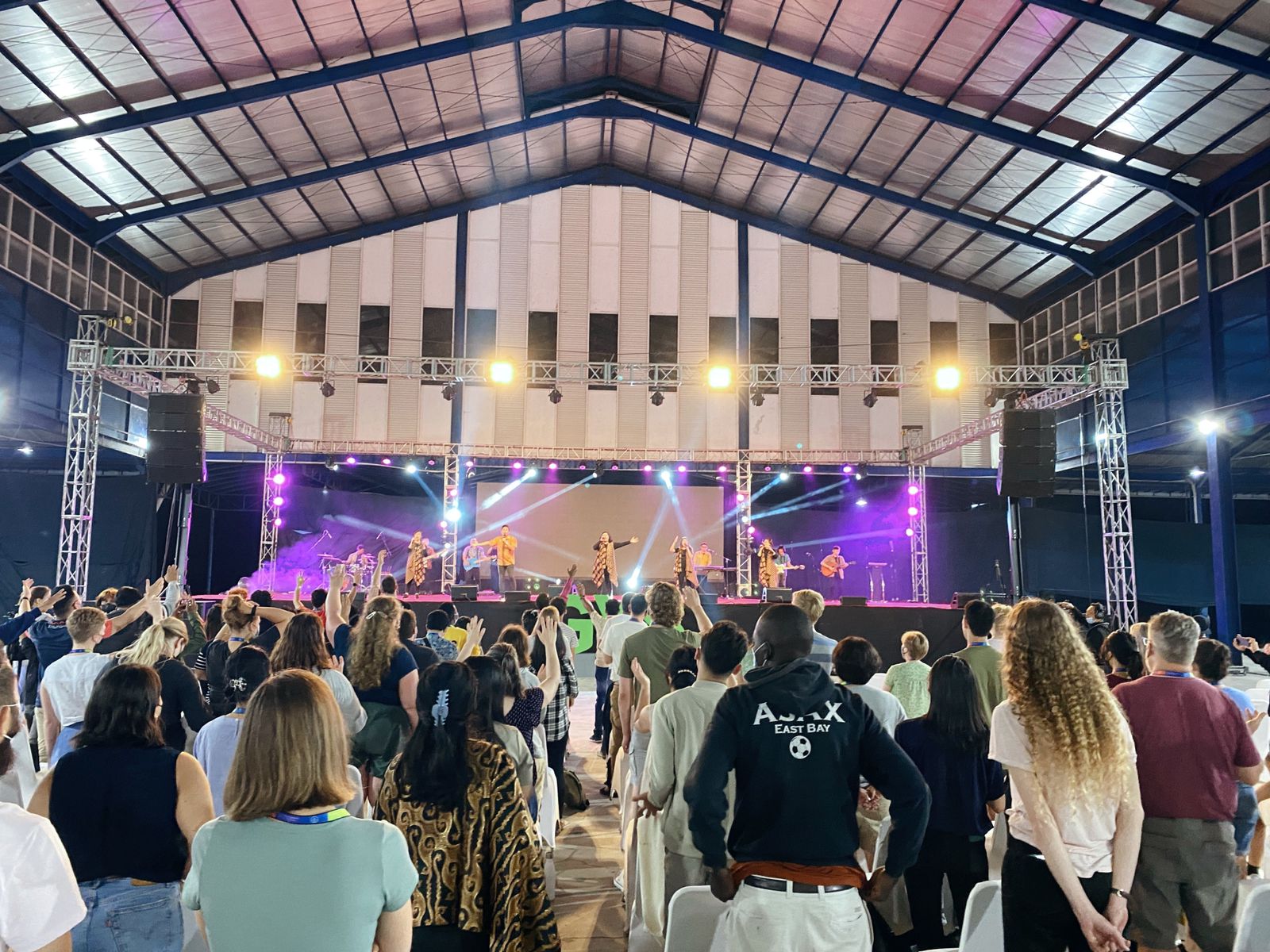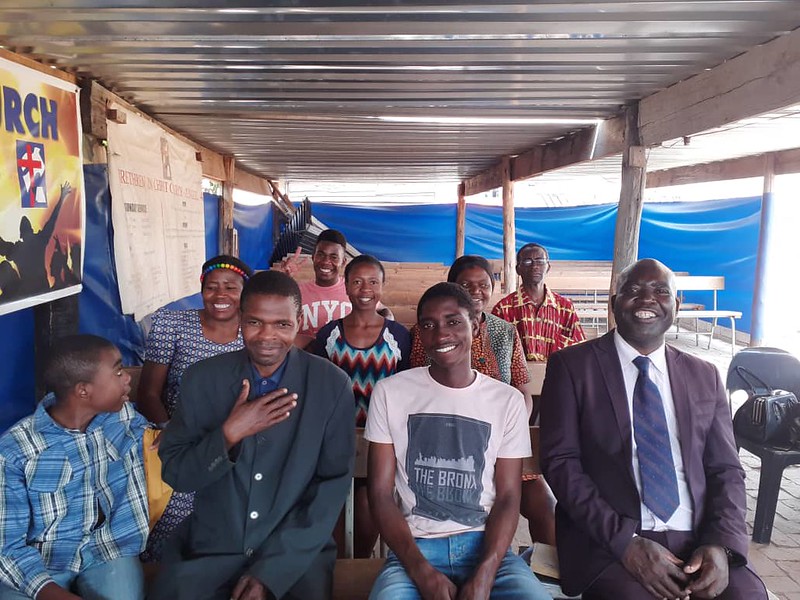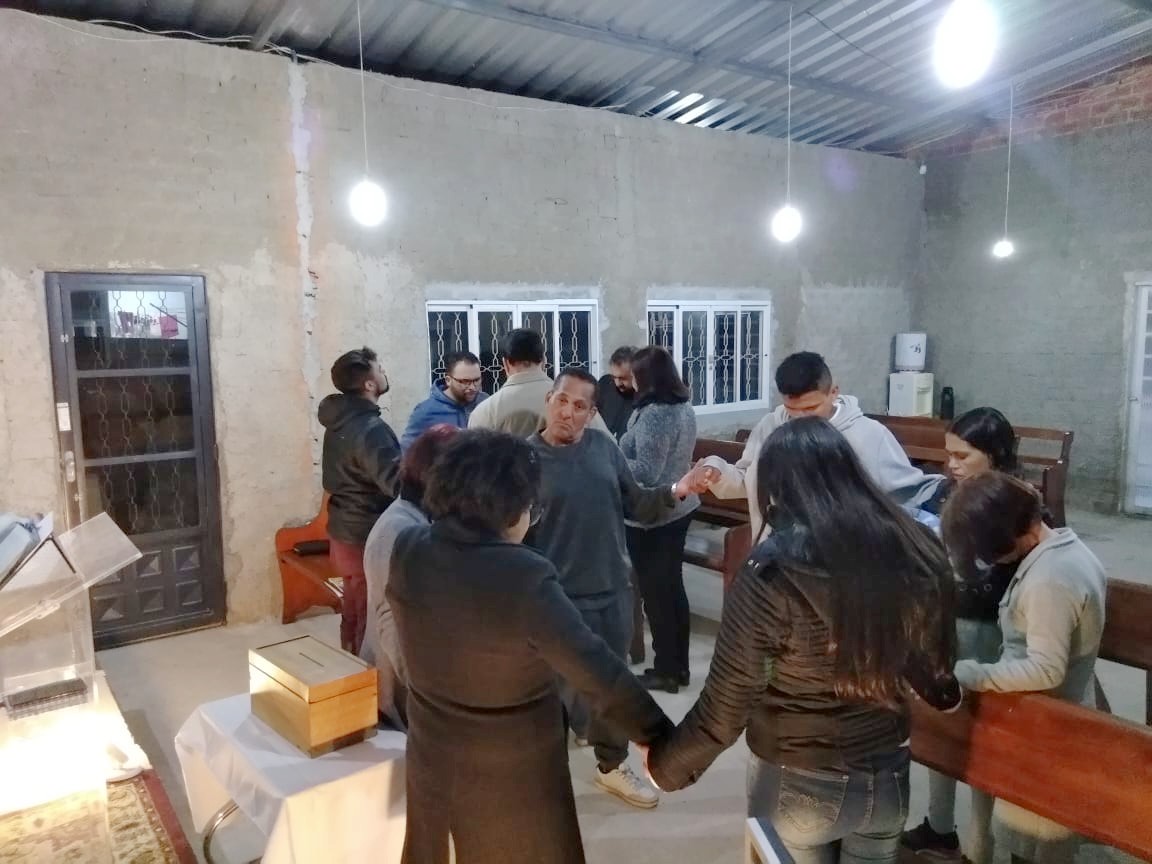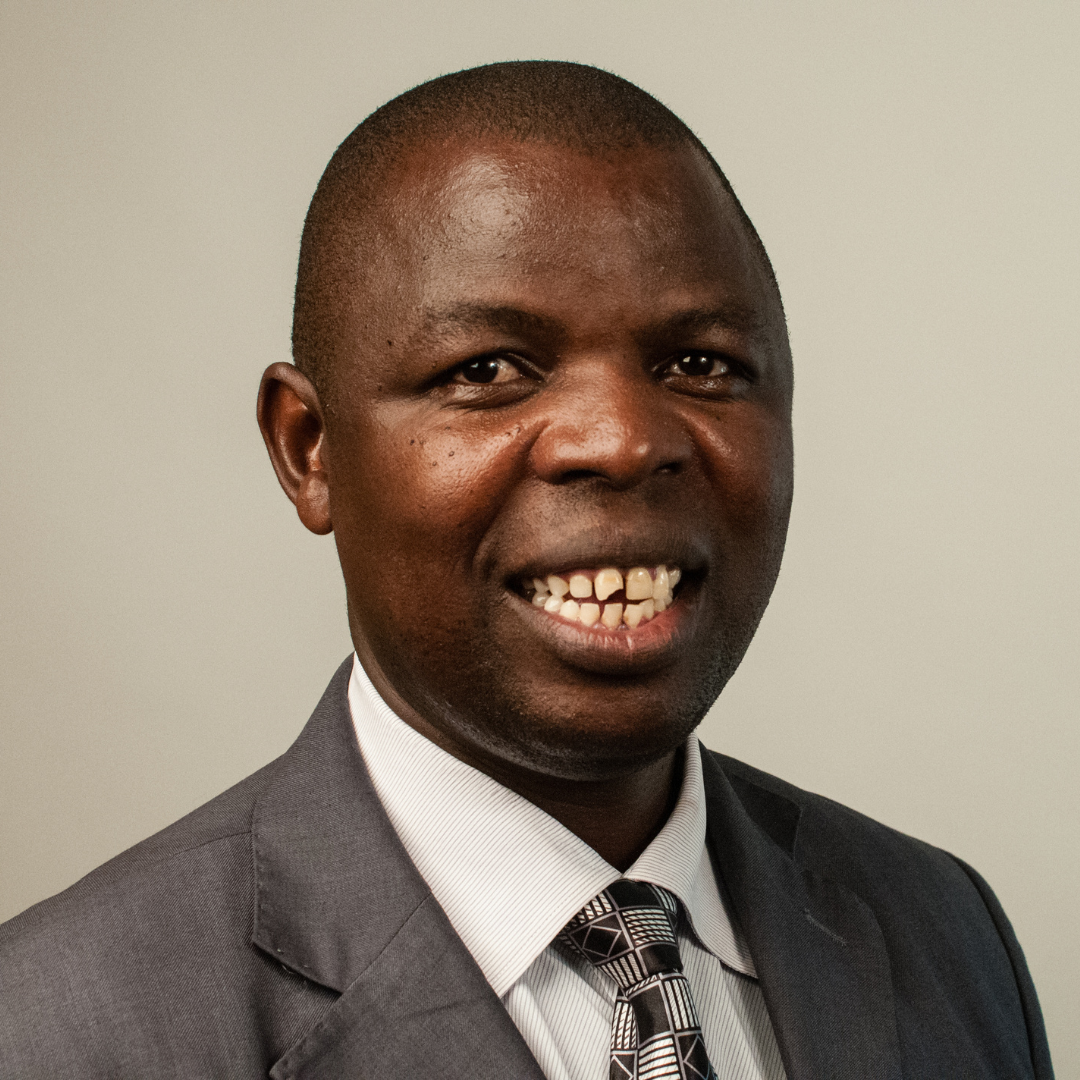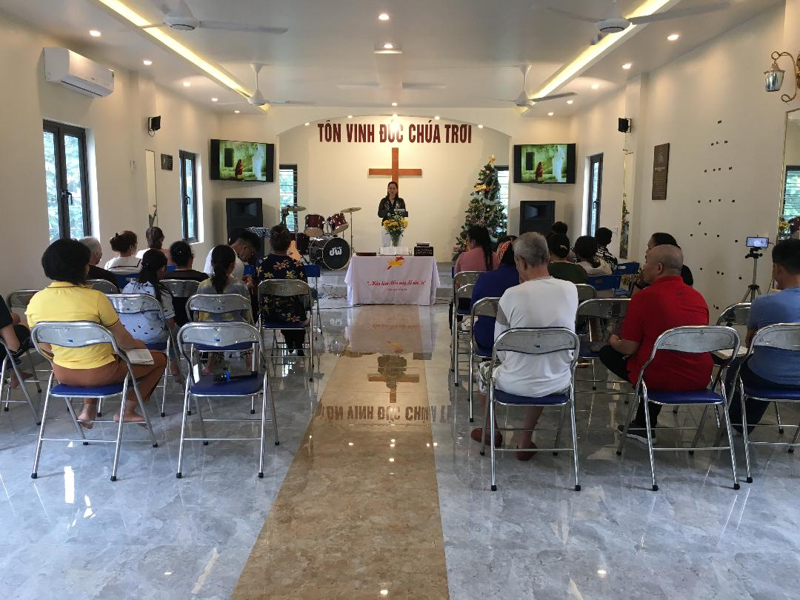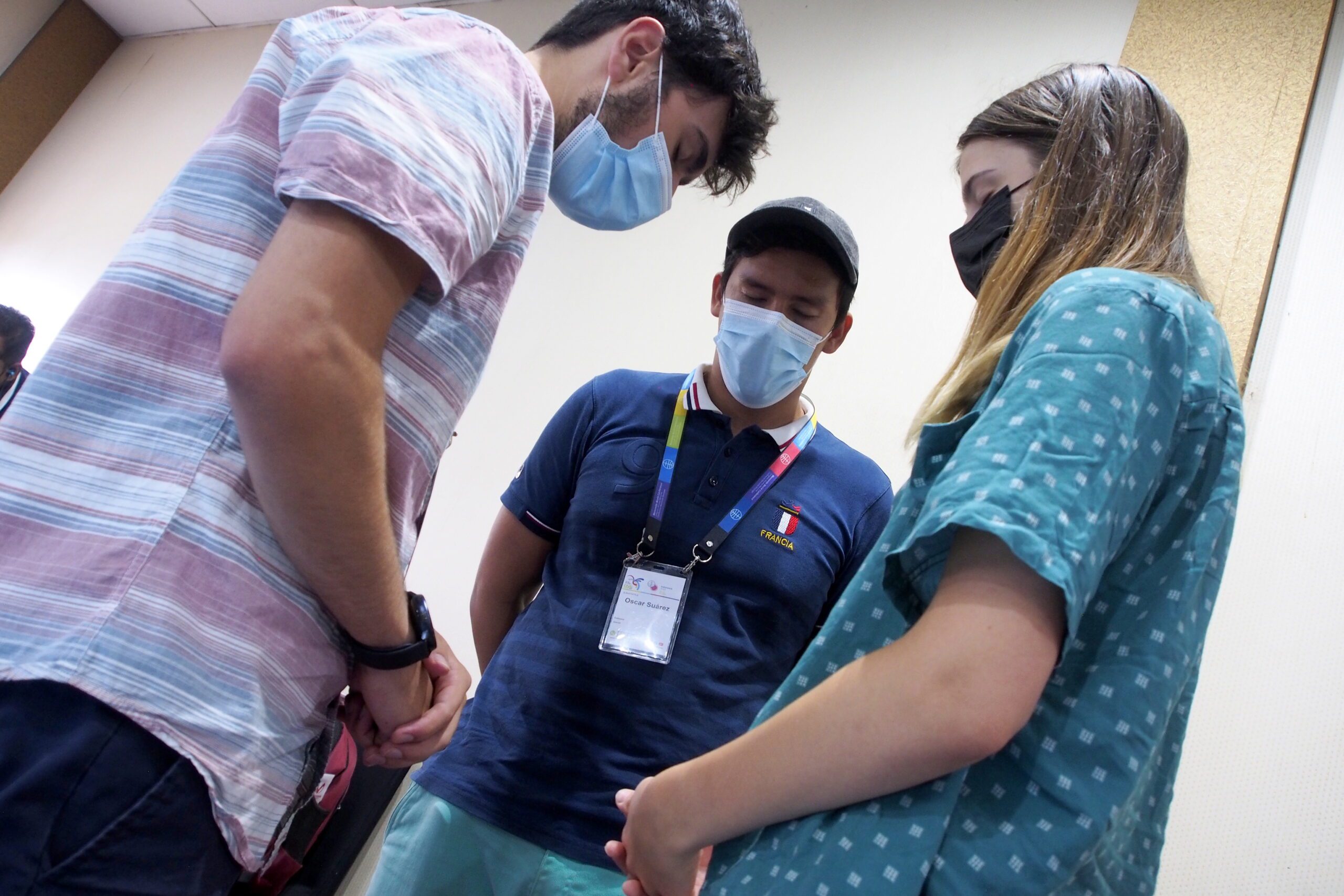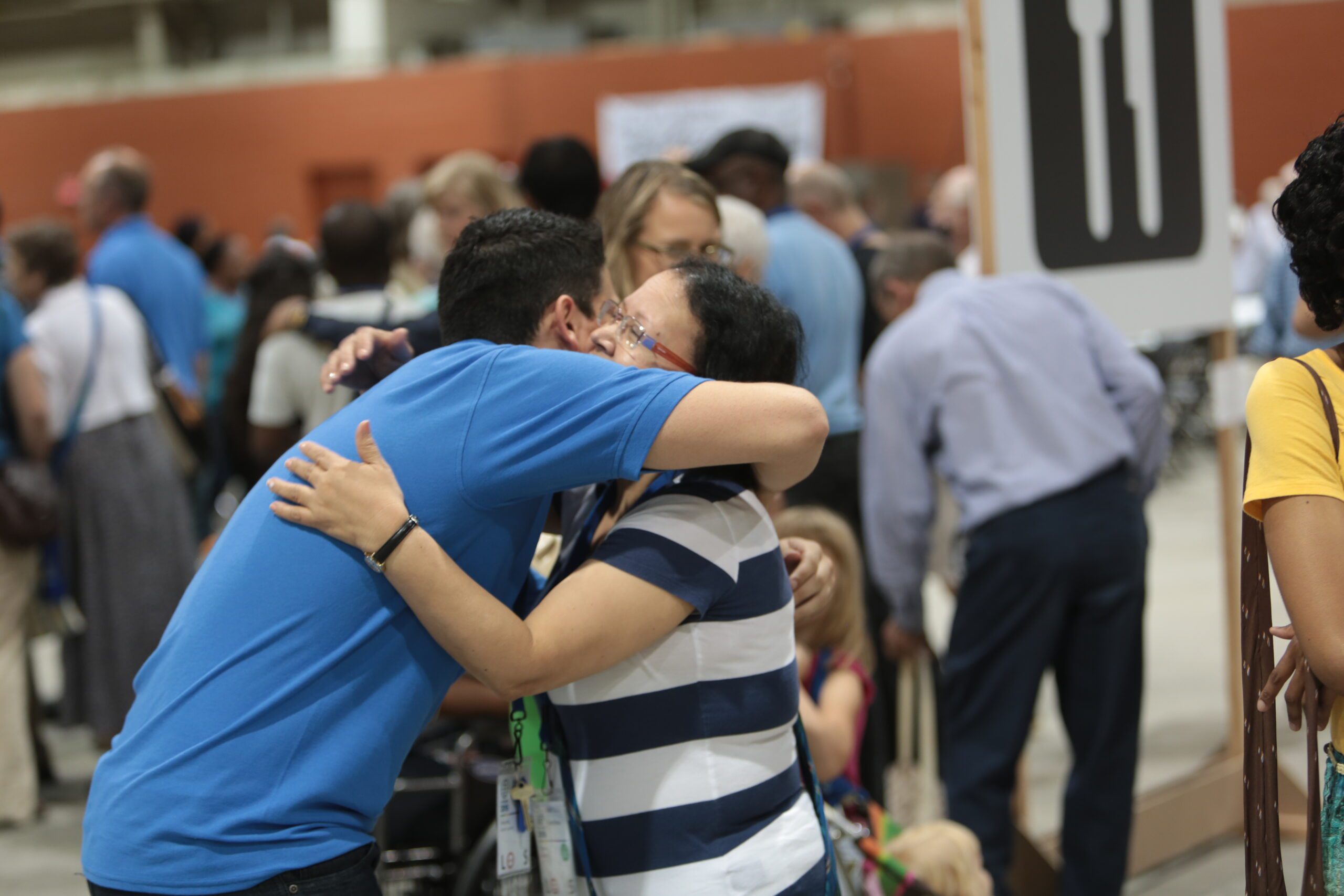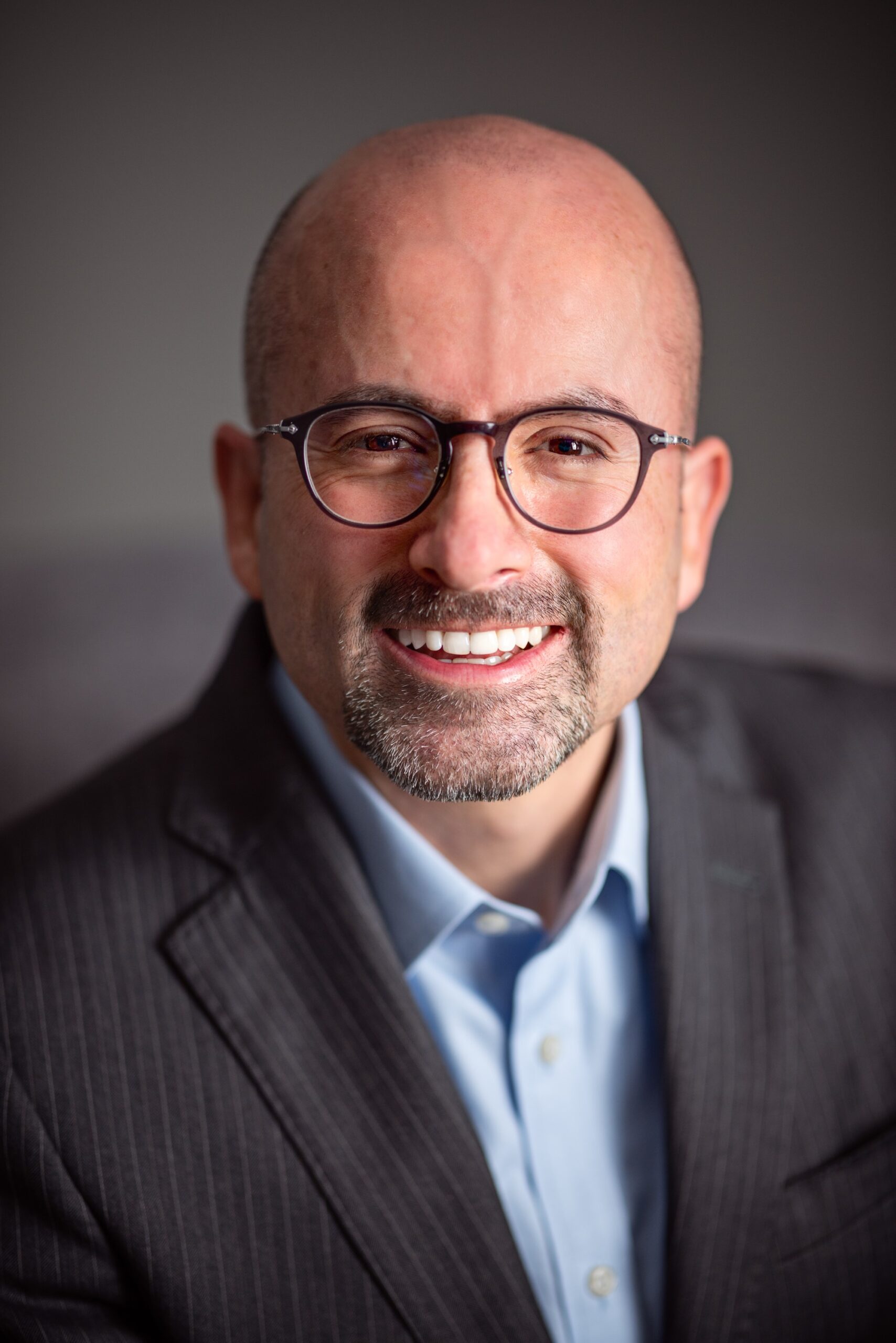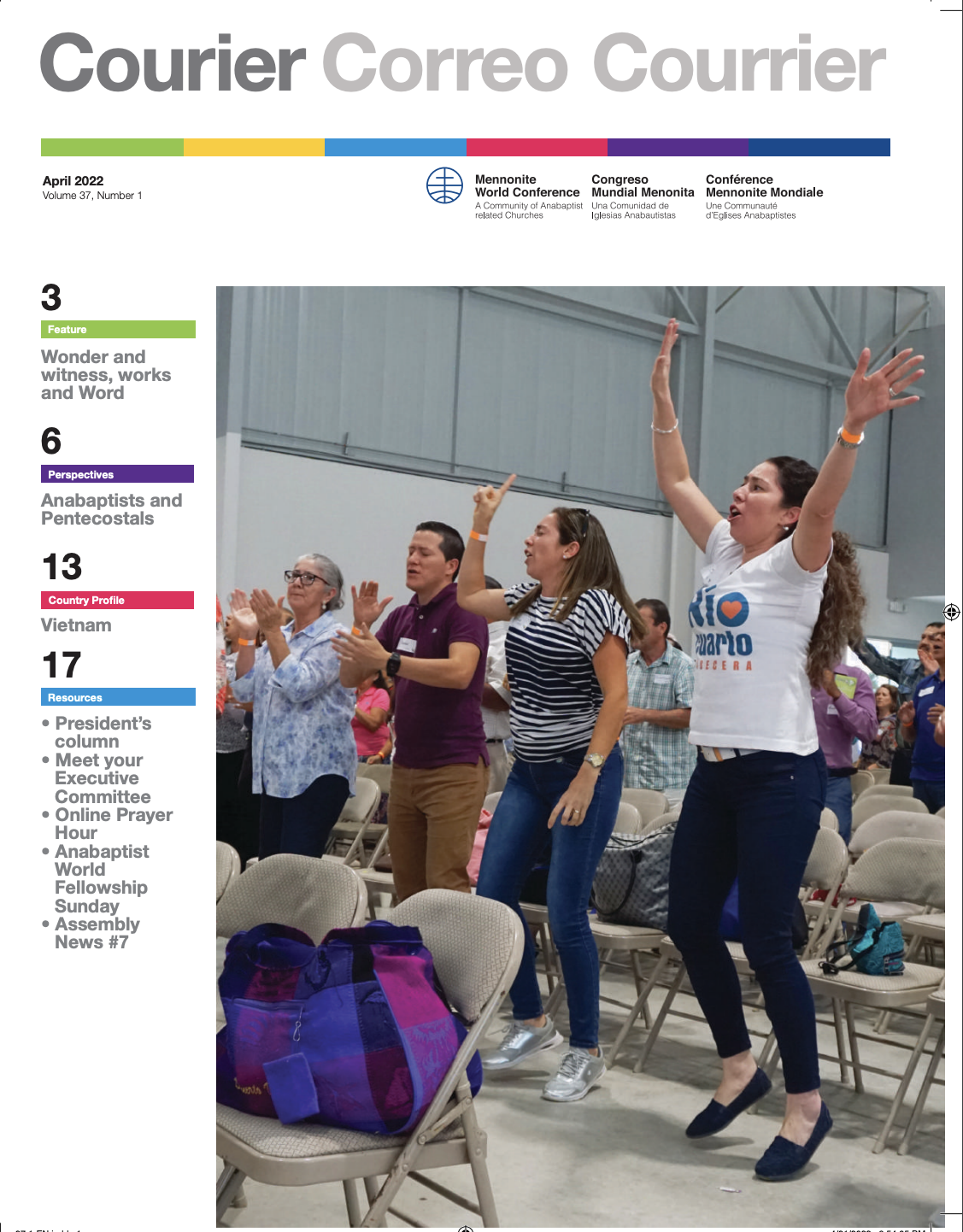-
Together proclaim the “manifold wisdom of God”
India The missionaries from USA started Mennonite mission work in central India, presently Chhattisgarh state in November 1899. They began with philanthropic works, providing relief to the drought-stricken people. The first baptism of 43 new converts was in December 1900. At the beginning, membership grew very rapidly. In 1949, when the Mission Work Golden Jubilee
-
The brightest and best
Canada It was 20 years ago when my husband and I were mourning the messy demise of our church, which had destabilized during the renewalism of the 1990s. I felt both cynical and yet wistful, regarding the charismatic. In search of sanity, stability and solid teaching, a nearby Mennonite Brethren church caught our attention. Could
-
Pentecostalism, Anabaptism and the Africa Christian climate
Zimbabwe Pentecostalism has become the most rapidly growing expression of Christianity in the world today. Anabaptists in the African context are not foreigners to this reality. The desire to break free from missionary control, or better put ‘a quest for spiritual liberty’, has seen an impetus in the Pentecostal expression within Anabaptist domains. In Southern
-
Exuberance for the Spirit
Brazil For many Brazilian evangelicals, Pentecost is not a one-time event of the past. There is a clear awareness of the Spirit in daily life. About 70 percent of evangelical churches in Brazil are Pentecostal and the others are influenced by the Pentecostal movement. Factors that influence our view of Pentecost We don’t have a
-
Worshipping a living and active Spirit
Germany My church journey in and out of Mennonite and Pentecostal traditions begins before I was born. Because of a thoughtless and frankly embarrassing comment from the pulpit toward her at age 15, my mother left the Mennonite church at the age of 18. She and my father raised their children in evangelical churches until
-
Meet your Executive Committee
An Executive Committee is elected from the General Council and meets annually. Two members from each continental region are elected from the General Council; a president and vice-president are also elected by the General Council. A president-elect begins a term three years before the handover of responsibilities. The treasurer and general secretary are also members
-
Living out the gospel as received
Vietnam History There are two expressions of Anabaptism in Vietnam: H·ªôi Thánh Mennonite Vi·ªát Nam (Vietnam Mennonite Church – VMC) was founded in 1964 by the Vietnam Mennonite Mission, a ministry of Eastern Mennonite Missions begun in 1957. After a time of inactivity following the change in government in 1975, it reconvened in the 1980s
-
Connected by the Spirit
Assembly is a life changing experience. This event every six years was the “conference” in Mennonite World Conference for several decades. It remains a highlight for members around the world – both those who are working daily to foster connections within the AnabaptistMennonite family, and those who mainly attend the big events. It is a
-
Joy in the midst of suffering
Gratitude to God and the global Anabaptist church fill my heart as I complete my term as MWC president. This planet-wide church has become my home, and the assembly in Indonesia will be a reunion, a gathering of siblings. In a world fractured by war and pandemic, I long to bond with peacemaking and generous
-
Wonder and witness, works and Word
Anabaptists and Pentecostals The Global Anabaptist Project* says: “Pentecostalism is the most rapidly growing expression of Christianity in the world, and Anabaptists are not foreigners to this reality.” Anabaptists around the world experience this by practicing an expression of faith that César García, general secretary of Mennonite World Conference, calls “Mennocostal.” Many Anabaptist-Mennonites today combine
-
Internal Dialogues
“Mennocostal” – Pentecostal Mennonites – may be the best characterization of most Anabaptists in Mennonite World Conference today. The influence of Pentecostalism in Mennonite congregations worldwide is an overwhelming reality. In their study of Mennonite World Conference churches, Conrad Kanagy, Elizabeth Miller, and John D. Roth conclude, “One of the defining differences between MWC members
-
Courier 2022 / 1 April
Feature Wonder and witness, works and Word Perspectives Zimbabwe: Pentecostalism, Anabaptism and the Africa Christian climate India: Together proclaim the “manifold wisdom of God” Germany: Worshipping a living and active Spirit Brazil: Exuberance for the Spirit Canada: The brightest and best MWC leaders An occasion for confession and transformation Joy in the midst of suffering Internal Dialogues Assembly Update

